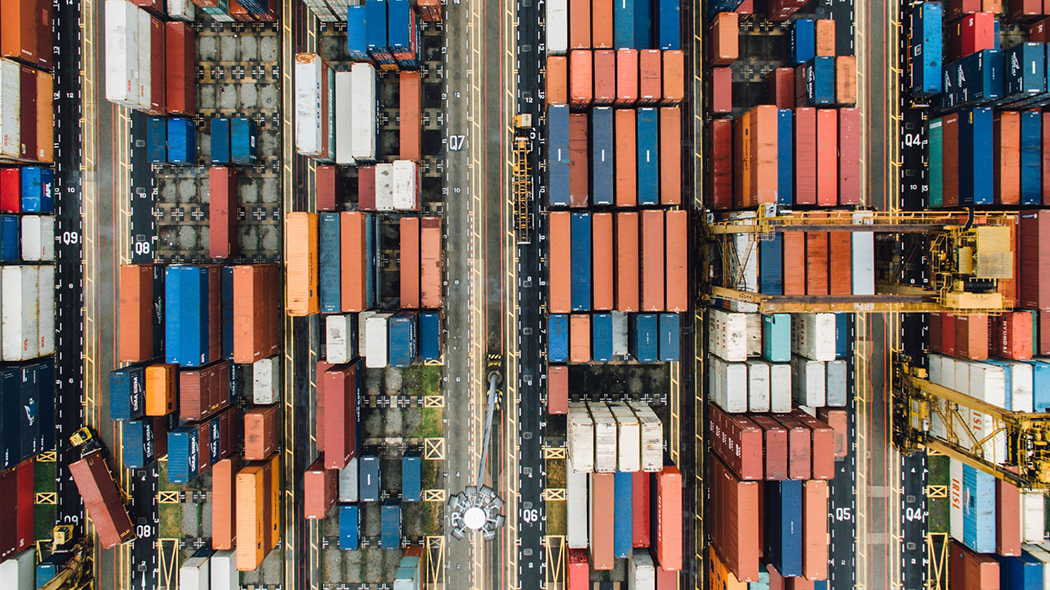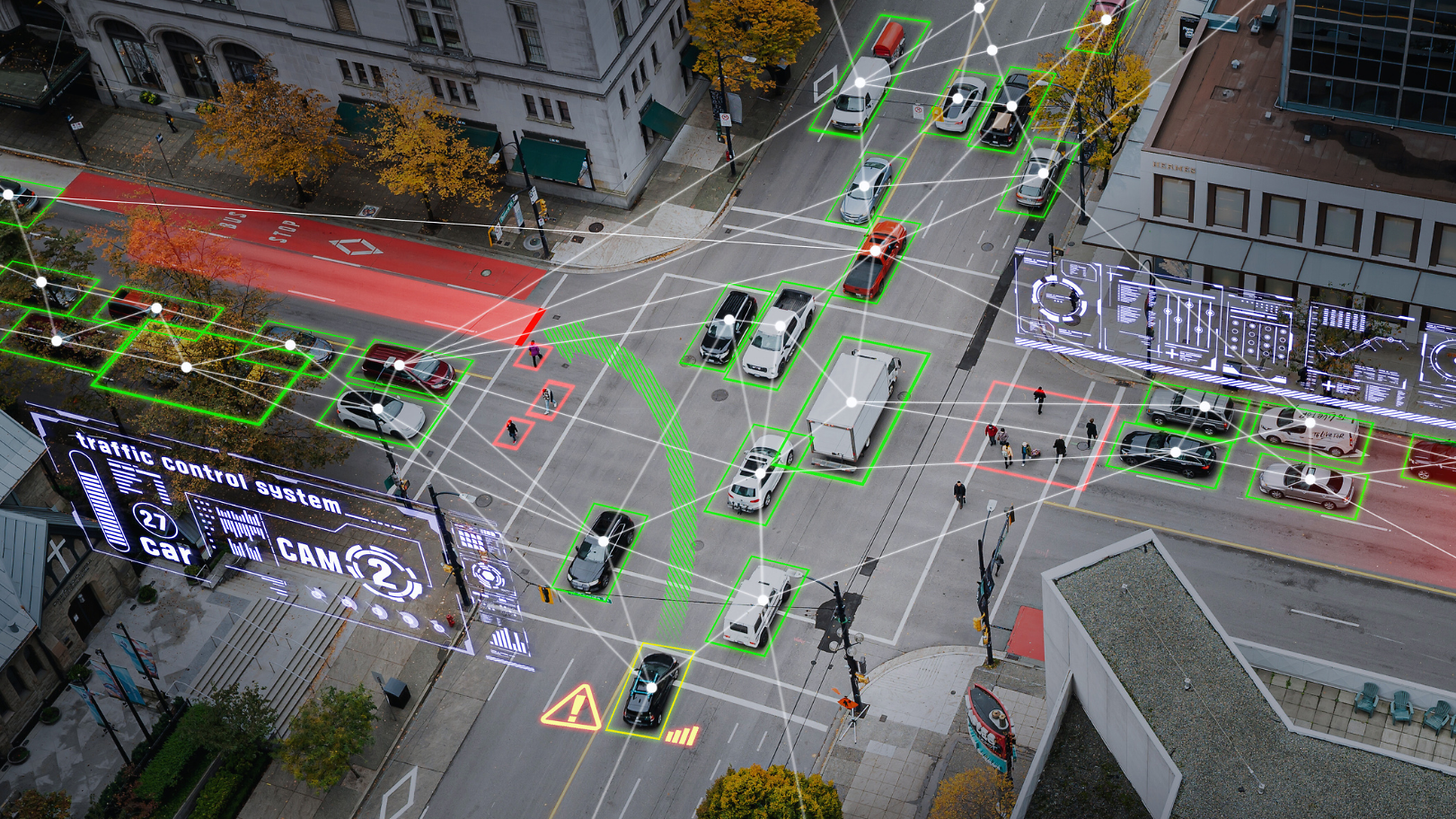Room to improve: Digitalization of logistics
27.04.2020 by Ümit Günes

Many logistics firms are already using digital solutions such as the Internet of Things. But when it comes to things like blockchain or AI, there is still room for improvement. So what exactly are the real advantages of smart supply chains?
After a few days working from home, an employee sees her printer’s toner cartridge is nearing the end. Ordered on the Internet, a new one arrives just a day later. It’s a similar scene at the local supermarket. If flour or milk is missing from the shelves, the store manager orders new supplies from the nearest distribution center. This, in turn, contacts the appropriate goods provider. Whether e-commerce or food retail: Even in times of a pandemic with closed stores, there are sectors that simply have to continue functioning in order to ensure people have the most basic necessities. Supply chains have to be kept running and processed order by order. This is not always easy. Due to the current high demand, many logistics firms and particularly transport companies are reaching their limits. Drivers can no longer keep up with deliveries and the days are becoming longer. This in turn is reflected in rising costs.




